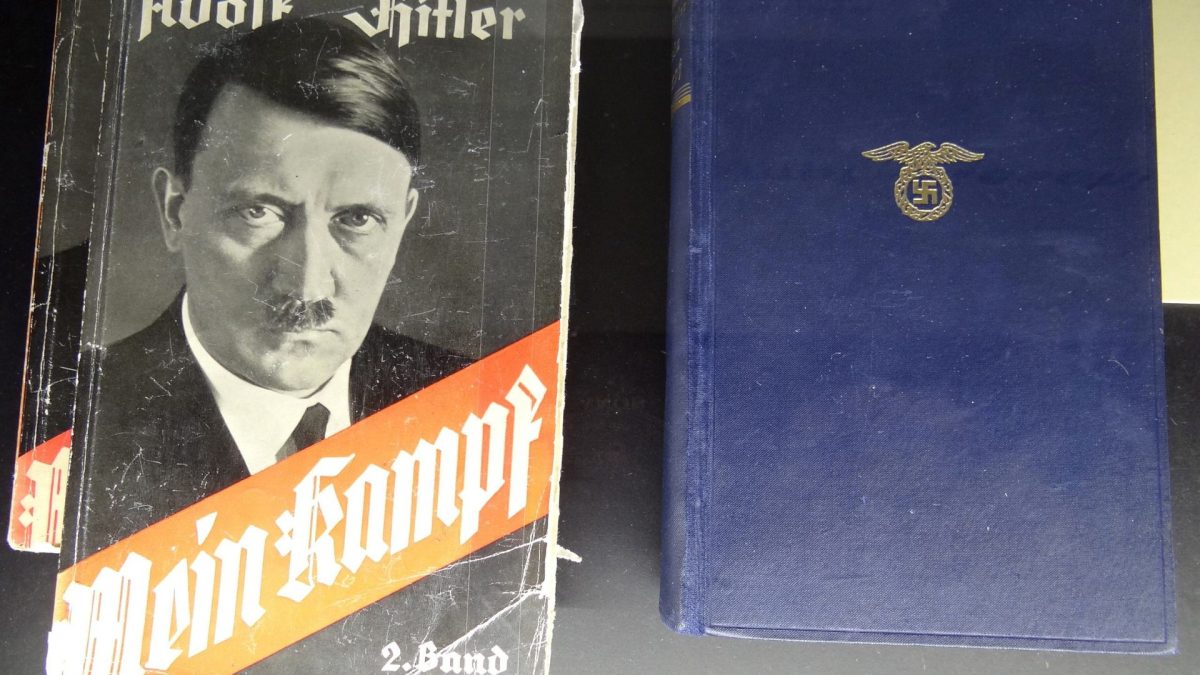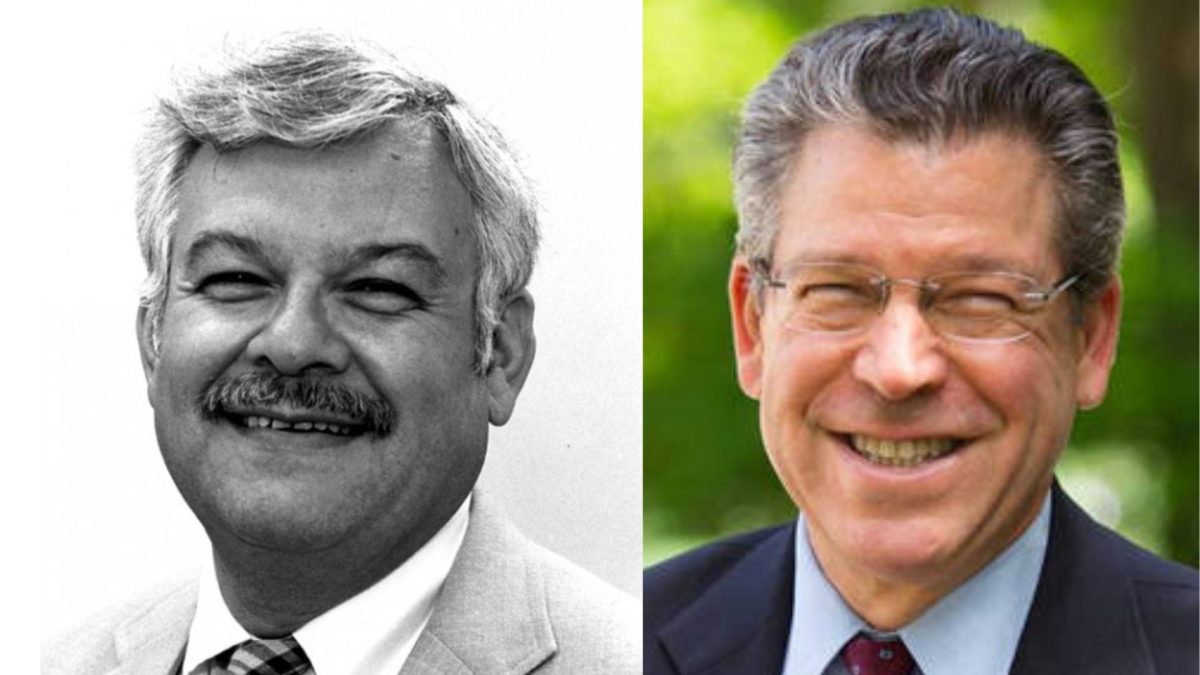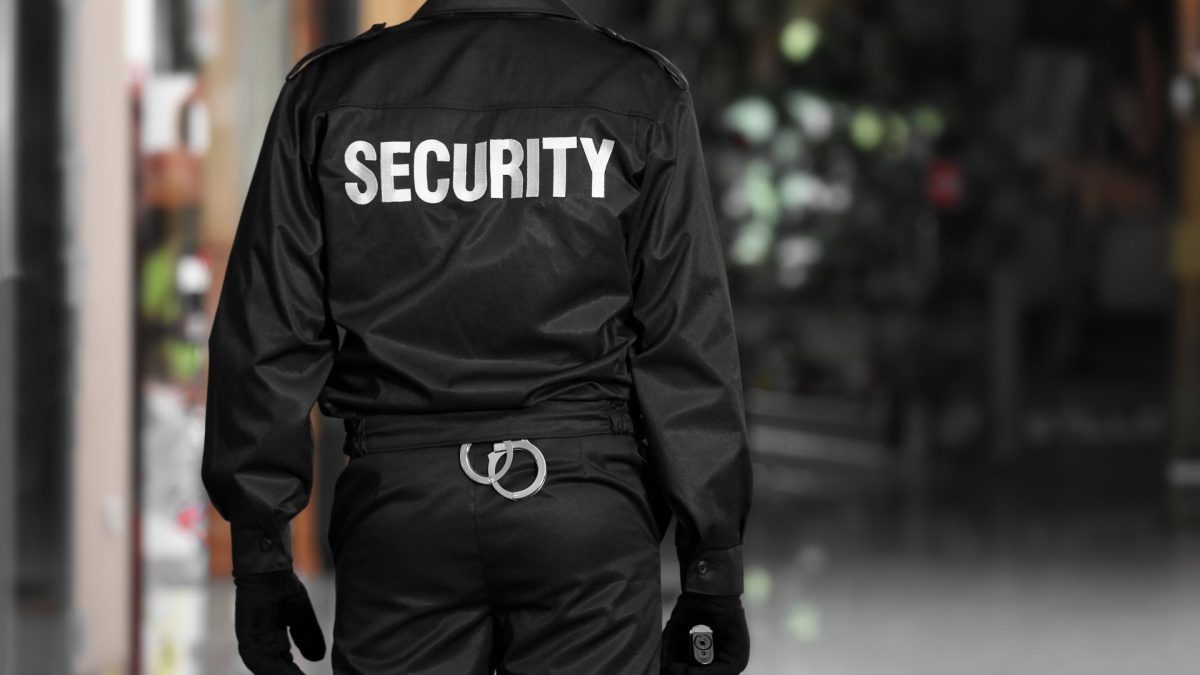Hitler is, once again, trending on TikTok. Speeches given by the Nazi Führer, translated into English and read by an AI in a stilted accent, have garnered millions of views on the platform.
Some users lip-synched to the speeches, others simply posted them with a darkened image of Hitler in military attire; most implied or openly stated praise for the speeches and for the Nazi leader.
ADVERTISEMENT
Media Matters, a think tank that tracks hate speech online, reported that some of the sounds and videos have since been removed, after receiving hundreds of thousands or even over a million views each, but some accounts are still active and regularly uploading content.
The virality of the videos is another instance of TikTok’s struggles to moderate posts on its platform. Though its policies prohibit praising or sharing the manifestos of “individuals who cause serial or mass violence, or promote hateful ideologies,” users are often able to find ways around the rules or fly under the radar.
On TikTok, trending videos are grouped around “sounds,” snippets of audio that users can use as a backdrop for their own videos; sounds are relatively harder to moderate, given that the speaker is often hard to identify and the content doesn’t include openly prohibited terms such as slurs. The use of AI to read Hitler’s speeches in English allowed the speeches to be produced quickly and reposted in a slightly different version if they’re removed, avoiding TikTok’s regulations. From there, numerous videos can spread the speech by using it as a background sound for their posted videos.
ADVERTISEMENT
The videos also rarely identify Hitler by name, often using euphemisms such as “the great painter” or “the Austrian painter” — a reference to his stalled art career — instead. And the content of the speeches used in the videos is not overtly hateful; the excerpts feature Hitler saying he did not want to go to war but was forced to, as well as discussing art and culture.
This tactic of using anodyne excerpts from Hitler’s speeches serves not only to evade moderation, however, but also to frame the Nazi as a maligned hero and an great leader. Some feature such captions as “what if he won” and “just listen.”
And while some comments express skepticism that Hitler was a good leader, many applaud the speeches, saying: “he is NOT the villain,” “AH was a good and kind man,” and “now I understand why they didn’t translate this before.”
This is not the first time something like this has occurred on TikTok; last autumn, Osama Bin Laden’s antisemitic “Letter to America” also went viral on the platform. Numerous users shared it, commenting their agreement with the inflammatory letter, which contains antisemitic conspiracies in addition to criticism of the United States.
The existence of this content on the platform is obviously dangerous and breaks TikTok’s own moderation rules. But it also serves as a gateway to more overt conspiratorial content; TikTok’s algorithm is skilled at directing people to more of what they seem interested in by suggesting similar search topics, and those automated suggestions are seemingly not subject to moderation in the way the videos are.
When Media Matters looked into the videos, they found suggested search terms popping up on videos, including “the painter English speech.” This shows that the algorithm is using the same coded language — referring to Hitler as “the painter” — to help direct users to more of Hitler’s translated speeches.
Not all of the videos made with the Hitler sounds, however, were supportive. Some used the sound of Hitler’s speech to mock the Führer, captioning them with jokes such as “when I pooped in the urinal in 3rd grade.”
Until TikTok improves its moderation, poop jokes may be the best defense against users attempting to popularize Hitler’s ideology again.
This story was originally published on the Forward.
















